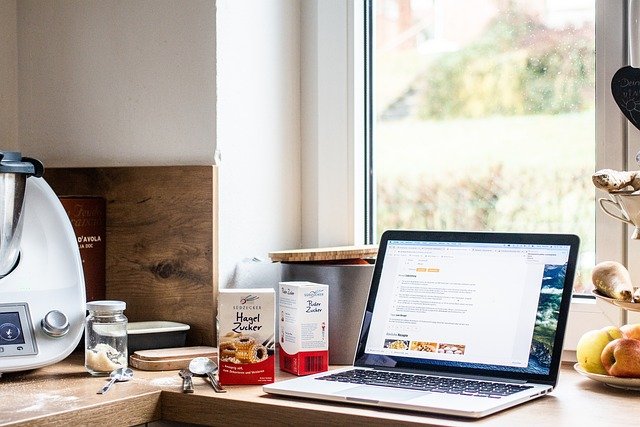Multifunctional Counter Designs for Limited Footprints
Multifunctional counters help small homes support efficient cooking, meal prep, and organized storage without expanding the physical footprint. This article outlines space planning, ergonomic choices, countertop options, lighting and ventilation strategies, integration of smart appliances, and sustainable features like recycling and appliance care.

In compact living spaces, counters must be organized hubs that support cooking, meal prep, and storage while fitting strict space planning constraints. Multifunctional counters combine preparation zones, seating, and concealed organization to keep workflows smooth. Careful selection of countertops, lighting, ventilation, and finishes also supports sustainability and simplifies appliance care so the workspace remains efficient and durable over time.
How can space planning help small spaces?
Effective space planning begins by mapping circulation paths and prioritizing the most frequent tasks. In small spaces, a counter can serve as a prep area, a dining ledge, and a temporary staging zone for groceries. Strategies like fold-down counters, rolling islands, and modular surfaces allow the same footprint to perform multiple roles. Position counters to maintain clear access to appliances and doors; this reduces interruptions during cooking and meal prep and maintains safe distances for ventilation and lighting fixtures.
What ergonomics improve cooking and meal prep?
Ergonomics influence comfort and efficiency during routine cooking tasks. Standard counter heights work for many users, but tiered surfaces or adjustable sections can better accommodate specific activities such as chopping, mixing, or plating. Depth and reach matter: keep frequently used tools and ingredients within arm’s reach and place heavier items in lower drawers to reduce strain. Integrating adjustable stools or a lead-in seating area helps make counters multifunctional for both prep and casual dining without causing awkward postures.
Which countertops and storage work best for multifunctional use?
Choose countertop materials that balance durability, maintenance, and function. Engineered stone or quartz resists stains and abrasion; butcher-block inserts provide a forgiving cutting surface and can be positioned as replaceable prep zones. Under-counter storage benefits from deep drawers, roll-out shelves, and vertical dividers to keep pots, lids, and bakeware organized. Magnetic strips, open shelves, and mounted racks above the counter use vertical space and reduce clutter on the work surface, improving visibility for meal prep.
How to integrate smart appliances and support appliance care?
Smart appliances can consolidate functions—such as combination ovens or induction cooktops with integrated ventilation—freeing counter space that would otherwise hold separate devices. Plan power access and connectivity in the counter zone, and incorporate removable panels or accessible filters to simplify routine appliance care and maintenance. Designing for easy access to vents and service points extends appliance life and ensures that multifunctional counters remain serviceable without disrupting organization or aesthetics.
What lighting and ventilation choices enhance functionality?
Layered lighting is essential: under-cabinet LEDs provide focused illumination for prep zones, while pendant lights can define seating areas. Good lighting reduces errors during cooking and meal prep and enhances perceived space. Ventilation should match the layout—low-profile downdraft systems or compact recirculating hoods are options where ducting is limited. Ensuring clear ventilation pathways and adequate task lighting improves safety and comfort in small spaces without compromising counter functionality.
How can organization, recycling, and sustainability be incorporated?
Design counters with built-in recycling and waste separation to streamline cleanup and promote sustainable habits. Pull-out bins with labeled compartments for compost, recycling, and general waste integrate sorting into daily routines. Select low-VOC finishes and responsibly sourced countertop materials to reduce environmental impact. Choose durable hardware and replaceable countertop inserts to extend usable life, and document appliance care routines to reduce premature replacement. These measures support long-term sustainability while keeping the counter efficient and tidy.
Multifunctional counter designs for limited footprints succeed when layout, ergonomics, and material choices align with everyday cooking and meal prep needs. Prioritizing adaptable space planning, accessible storage, integrated smart appliances, and appropriate lighting and ventilation makes small spaces more usable and resilient. Thoughtful organization and sustainable choices contribute to counters that support daily life while minimizing waste and maintenance demands.





